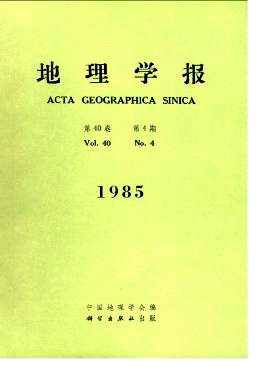Liu Donghai
Territorial planning is an over all long-term planning in a certain area to exploit resources comprehensively protect and improve ecologic environment and to make an integrated distribution of production in particular. Its main task is to study the general distribution of production.It emphersizes the spacial allocation of production as well as the entirety of planning. During studying production allocation, the combinations of production, ecology, and living should be taken as a whole, and also the planned region placed in a proper position in regional heirachy system. Besides the above general characters of territorial planning, basic-level territorial planning has the following characters:1. taking comprehensive regional planning as the dominant factor.2. Being the basis of sectoral planning and provincial territorial planning.3. Combining closely with the mester plan of central cities.4. Providing a basis for the institutional reform "putting counties charged by city".Based 011 its characters, the basic-level territorial planning takes integrated regional planning as main body, the planning of backbone sectors as focusing point, makes a deep techno-economic appraisal with regional strategy of development, and undertakes at the same time feasibility studies of those key construction projects leading to regional development. The main task of integrated regional planning is, on the basis of comprehensive evaluation of resources, making a good planning of the whole region, through region-wide coordination and balancing and grasping the inter-departmental and inter-regional links. Sectorial planning is the component of territorial planning, and one of the bases of comprehensive regional planning. It lays particular emphasis on studying the internal-structure scale of development, and spatial allocation by means of techno-economic appraisal.To deal with territorial planning as a large systematic project, the following two methods are usually adopted:1. Regional comprehension: That is to say, in certain regional scope, taking pro-duction as a whole, relations of production with resources, environment and urban system are coordinated to have a rational spatial organization.2. Combination of macro-distribution with micro-distribution: In view of the hei-rarehy of territorial planning, form the strategic decision of regional development to tactical decision of plant location. The functions of control and feedback in different levels should be used consciously so as to make rational programme of production distribution by combining levels and repeating the process several times. "With the guidance of macro-distribution study on the base of micro-distribution study.Finally several problems are proposed: Whether the feasibility study of key construction projects can be included into territorial planning; what are the effects of new technical revolution on territorial planning; how to realize the close combination of basic-level territorial planning with the territorial plannings of province, major economical regions and nation, etc.
